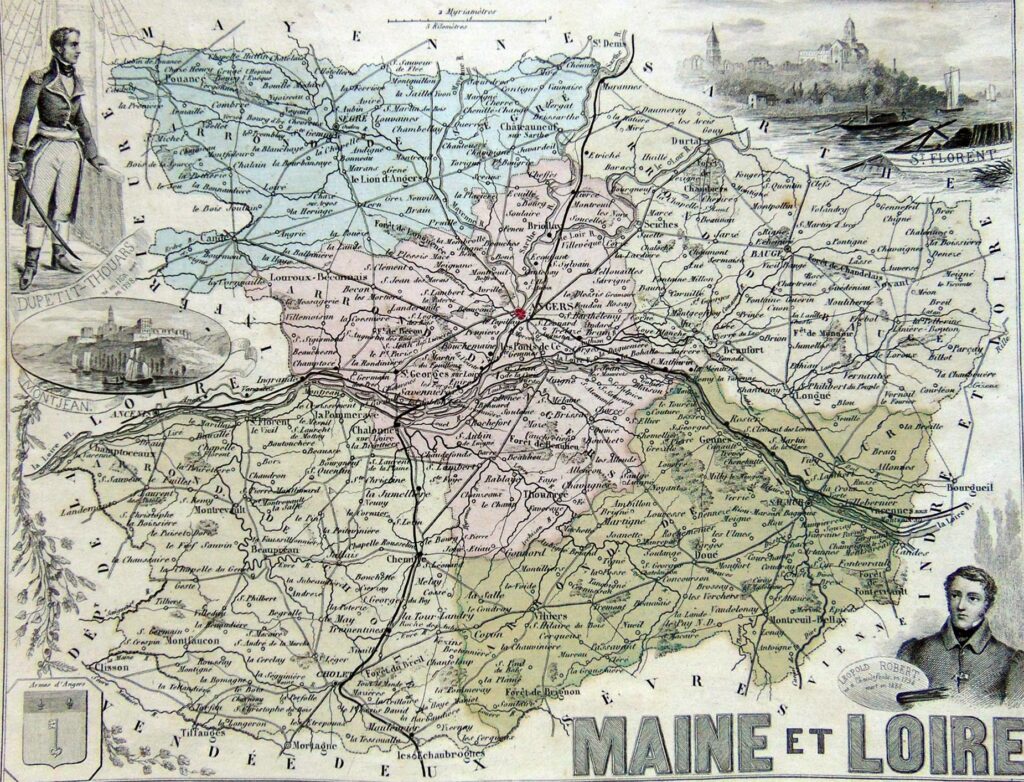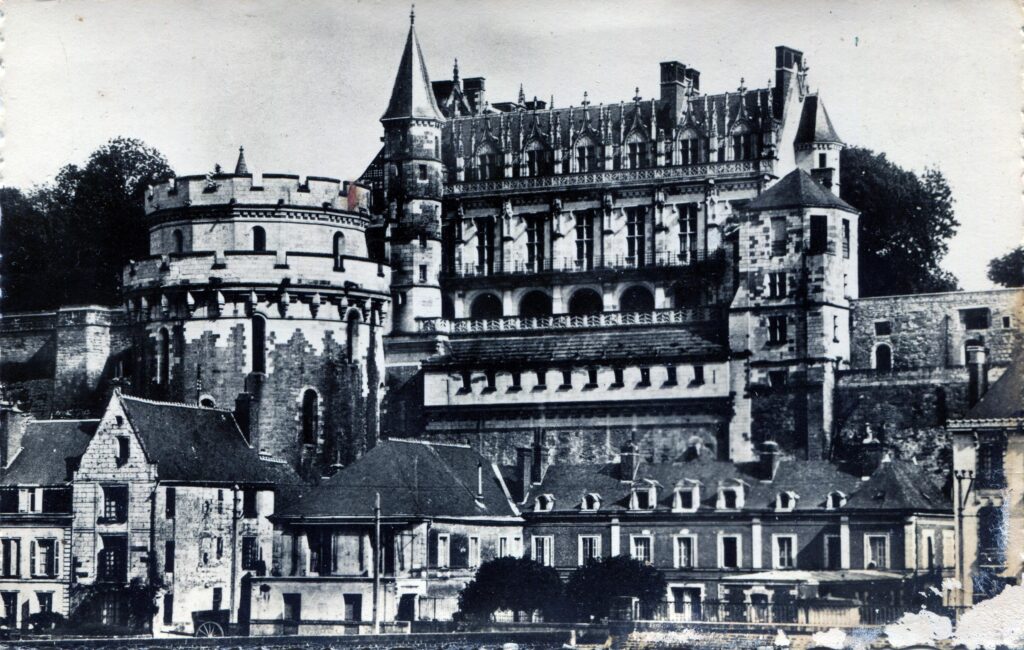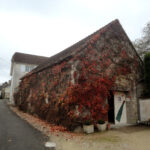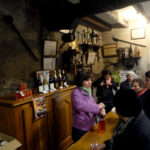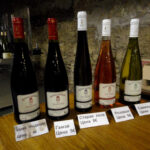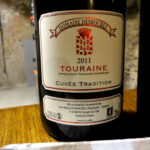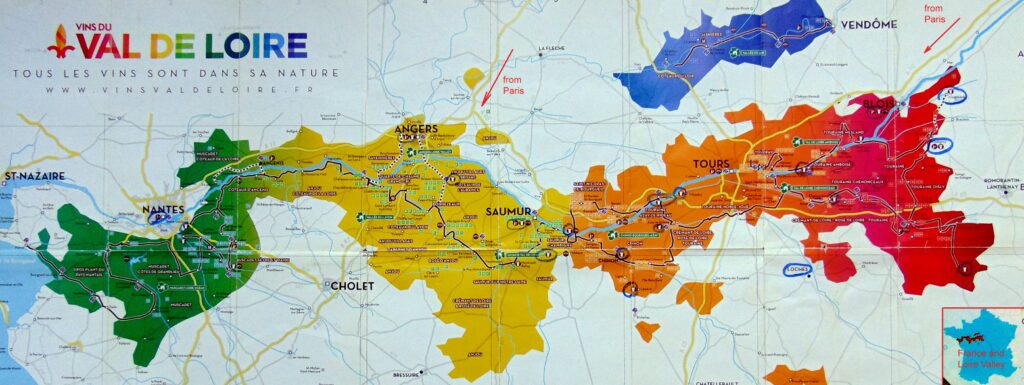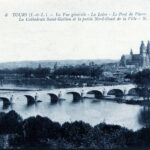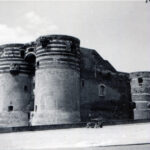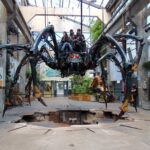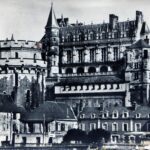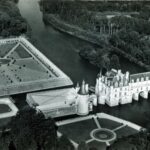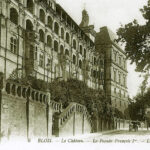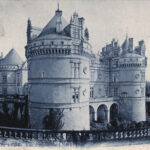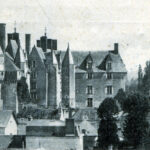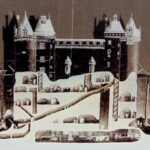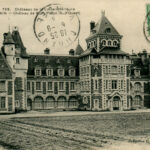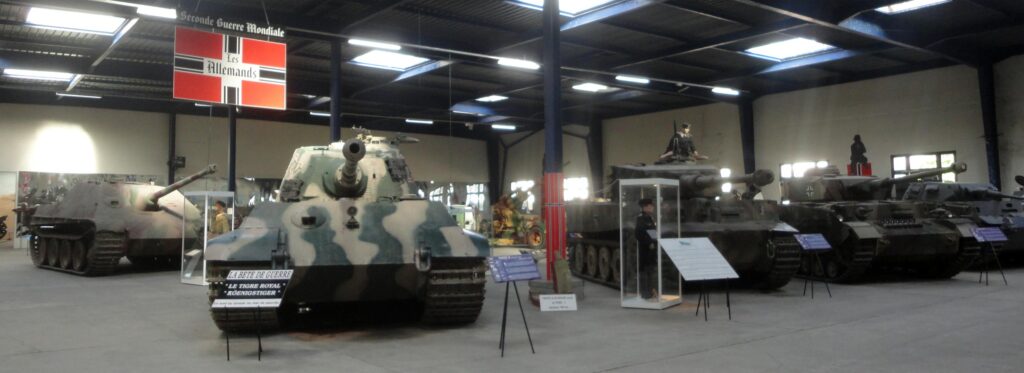Loire Valley Castles Travel Guide and top attractions list.
Brief history, map, ancient cities, best museums, castles, wineries and tasting rooms, places of interest, modern and old views. Compiled by the “Union of taxi drivers in Paris and Nice” on the basis of their own experience and personal archives with photographic cards for the last 100 years from the date of foundation.
The Loire Valley is a corner of the living history of France. Cities, buildings and nature have been preserved here since medieval times in an untouched form. Everything that was read in childhood in the novels of French writers can be seen, touched, visited and imbued with the atmosphere of those centuries. The area is deservedly included in the UNESCO World Heritage List.
Loire Valley castles map, chateaux, cities and museums
From a practical point of view, the entire valley and wine-growing areas can be divided into three or four large tourist areas, marked on the map in different colors. The map shows the main wine-growing areas, but is well suited for tourists to plan their trip to selected places of interest. The fact is that typical trip for one day from Paris include visiting only 3-4 castles, of which usually two of them are with a guide inside. Adding travel time and back, it turns out that in one day it is possible to visit only one of these zones. A trip to the “Green Zone” (Saint Nazaire-Nantes) is often made for two days (with an overnight stay). This map is best suited for a tourist who wants to visit this region and get acquainted with its sights.
Winemaking – famous tasting rooms where you can get acquainted with all the technology for making famous French wines and, of course, try different varieties in a European or “Russian” manner (well, in such quantities to feel it). In the cellars you can also buy various varieties of wines grown in the Loire Valley. See the map of winemaking and the list below.
- Wine cellar entrance
- Sommelier’s story about the tastes of local wines
- The best French wines in the Loire Valley
- Traditional vintage, harvest 2011
Loire valley castles or Chateaux on the map (French châteaux de la Loire) are architectural structures located in the valley of the river of the same name. In a narrow sense, they are understood as those that are located along the banks of the middle reaches of the Loire and its tributaries – the rivers Maine, Cher, Indre, Vienne and Loire, starting from Gienne, on the territory of two administrative regions – the Center region (the regions of Touraine, Orleans, Berry) and the Pays de la Loire region (Anjou region), and four departments – Loire, Loire and Cher, Indre and Loire and Maine and Loire. The abundance of magnificent architectural and historical monuments in this part of the country determined the inclusion of this area from Sully-sur-Loire to Chalons-sur-Loire in the UNESCO World Heritage List. Most of them were erected in the Middle Ages, but significantly rebuilt later, during the Renaissance, when the French kings lived on the banks of the river itself, its tributaries or near them (XV-XVI). In a broad sense, “châteaux de la Loire” means a number of other buildings located in the river basin and once owned by aristocratic families.
Castles or fortresses of the Loire are not only architectural monuments and collections of world masterpieces of artifacts, as we are used to counting now. These objects were originally fortifications during the medieval wars. The simplest question is “Why are so many castles located in the Loire Valley?” Think back many centuries, during the Hundred Years War… England against France… The defensive line of this river is an ideal place for the strategic defense of the country from the English troops advancing from the north. So a whole line of engineering and defensive structures appeared – the castles of the Loire. Many years later, during the offensive of the Nazi troops on France, there was again a defensive line here and the French soldiers fought heroically against the German army advancing from the north. This is how the epochs of the Middle Ages and the formidable 20th century intersect. For lovers of the history of the Second World War, the area is also an interesting place for traveling on military topics.
Loire Valley Castles map
This is the best tourist map of the Loire Valley, bringing together wine-growing areas and wine cellars, military and historical museums, and, of course, famous castles that are recommended to visit. The arrows show the options for entering different tourist areas of the Loire Valley from Paris by car. Thanks to the Tourist Office for the excellent map, on which we highlighted the most famous castles once again.
Main cities and points of interest:
– Tours (the French name ! of the city), antiquities and magnificent museum of the history of Freemasonry and artisans, guilds and masters of industry
– Angers, a huge castle, the river walks and a super-museum of the engineering troops and ancient fortification. Explore the castles by the scale models!
– Nantes, Fantastic City and Machine Island by Jules Verne!
– Saumur, the city of the tanks, the cavalry and the best liqueur of the Loire Valley!
- Tours city in Loire Valley
- Angers Castle after World War II (Loire Valley)
- Giant Spider crawled out of a hole (Machines Island Park)
- Rare WW2 self-propelled unit (Samur tank museum)
The most famous castles: Loches, Chateaudun Azay-le-Rideau, Royal Amboise, Blois, Chambord, Cheverny, Valençay, Chaumont-sur-Loire, ladies’ Chenonceau, Chinon, Lange, Saumur, Villandry … There are also more modest ones located much higher up the the course of the river, for example – Basti d’Urfe in Forese (specialists consider it a harbinger and pearl of the Italian Renaissance). In total, there are about 120 of them, which are located along the river. You need to visit at least some to feel the atmosphere of the Middle Ages and the Renaissance. (look at the website in the relevant section).
The best and unusual interesting Сastles, list:
– Amboise (Château d’Amboise), collections of artifacts and home of Leonardo da Vinci
– Chenonceau, the castle of the ladies and the history of France
– Blois – royal castle
– Chambord is a favorite place for scouts
— Le Lude. Gardens and parks, even a garden, festivals and holidays
– Langeais, one of the oldest of its time
– Angers – Richard the Lionheart, the Polish government and Gestapo
– Chinon Fortress and royal castle (Château de Chinon), Jeanne d’Arc, City.
– Montrond castle and the lessons of “living history”
– Brézé and Underground fortress for adults and children
– the ruins of the Beaufort castle-fortress – Château de Beaufort, XIII – XVI, Goudet
– Lavoûte-Polignac, X – XIX centuries, Lavoute-sur-Loire. The fortress
– Loches the Royal House
– Sache Castle and Balzac museum
– The Palace of the Dukes of Nevers
– Boutheon (Bouthéon), XIII – XXI century, Andrezieux-Boutheon, Church, village (Auvergne-Rhone-Alpes)
– Rivau, 12 Gardens – UNESCO flower heritage
– Azay-le-Rideau rising from the water
— Blain, a fortress among the swamps on the Atlantic Loire
– La Verrerie
– Saint-Maurice-sur-Loire, the ruins, the tower and the observation deck
– Gien, the history, the museum and the attractions
– Château d’ Oiron and Puss in Boots
See the map for a list of all and a brief description of all chateaus and fortresses
- The royal castle Amboise after WW1, Loire Valley (author collection)
- Сhenonceau Royal castle parks and gardens
- Royal Chateau de Blois, castle facade of Francois 1 Loire Valley
- Le Lude castle, Loire Valley. Author’s collection
- Langeais castle (Loire Valley),
- Angers Castle after World War II (Loire Valley)
- Fortress Underground map, you can visit it
- Azay-le-Rideau castle (Loire Valley)
- Blain Castle Loire Valley
What else to see in the Loire Valley?
In the city of Saumur there is the largest military museum in Europe, the main auto-armored museum of the country. WW1 – WW2 tanks, military cars from different countries of the world, armored vehicles and superbly equipped expositions dedicated to various periods of world history and, above all, France as a theater of military operations. Details below…
- Saumur tank museum, how to visit and a guide
The Machines of the Isle of Nantes
Amusement park “Machines of Nantes Island”.
Nantes is located in the Loire-Atlantique department and is its capital. An ancient city with cathedrals and a large fortress, the castle of the Duke of Breton. Ships for various purposes have been produced here for many years. Nantes has a reputation as a major industrial center. But not so long ago, they decided to arrange a “de-industrialization” here, transforming its possibilities for the tourism and entertainment area. On the island of Nantes there was a large shipyard in France. Using equipped sites, production buildings and professional experience in manufacturing products of any complexity, it was decided to turn this part into a large techno-park of entertainment and recreation. Once a native of these places, science fiction writer Jules Verne told in detail in his works how the Big Mechanical Elephant walks around the city of Nantes. Books about Captain Nemo and underwater travel describe sea monsters. Jules Verne also wrote what travel to the stars would look like. Spaceship in the form of a large flying tree. The artist, inventor and engineer Leonardo da Vinci, far ahead of his time, went the other way. Study of the mechanical parts of moving mechanisms. The first tanks, carts and cars. All these fantastic and crazy ideas were realized in the amusement park “Machines of the Island of Nantes”. The park consists of large pavilions with mechanical inhabitants, a multi-tiered carousel of mechanical sea monsters and an “elephant track” where “rides” are arranged on the Big Elephant.

